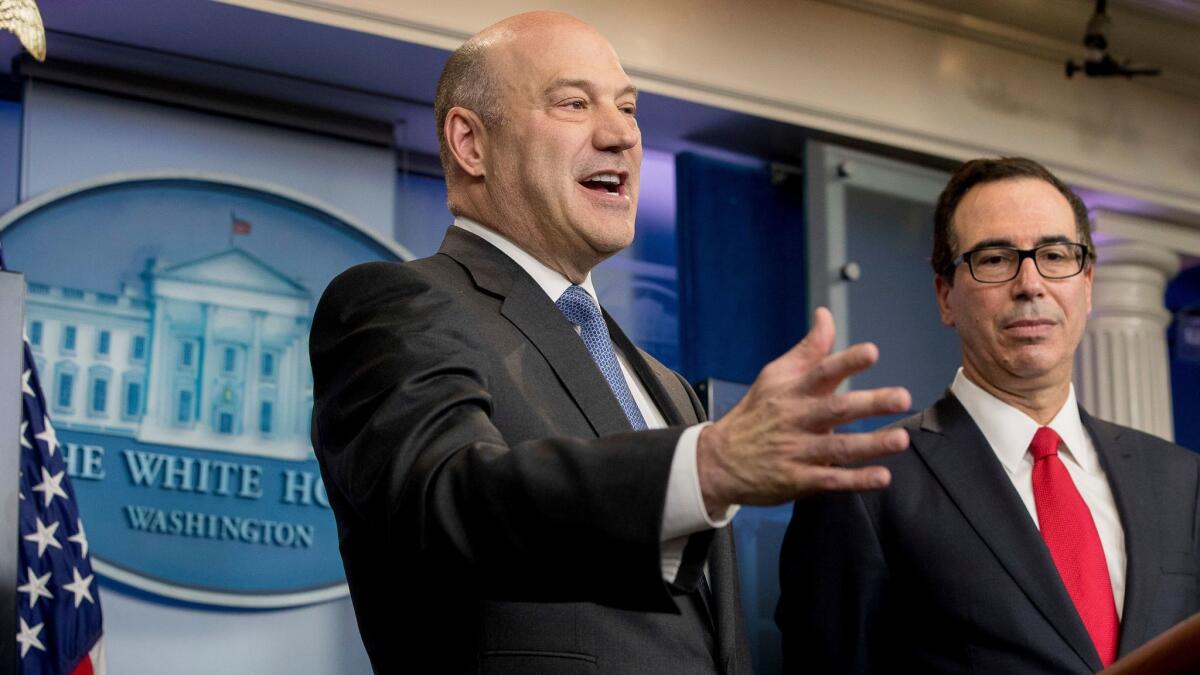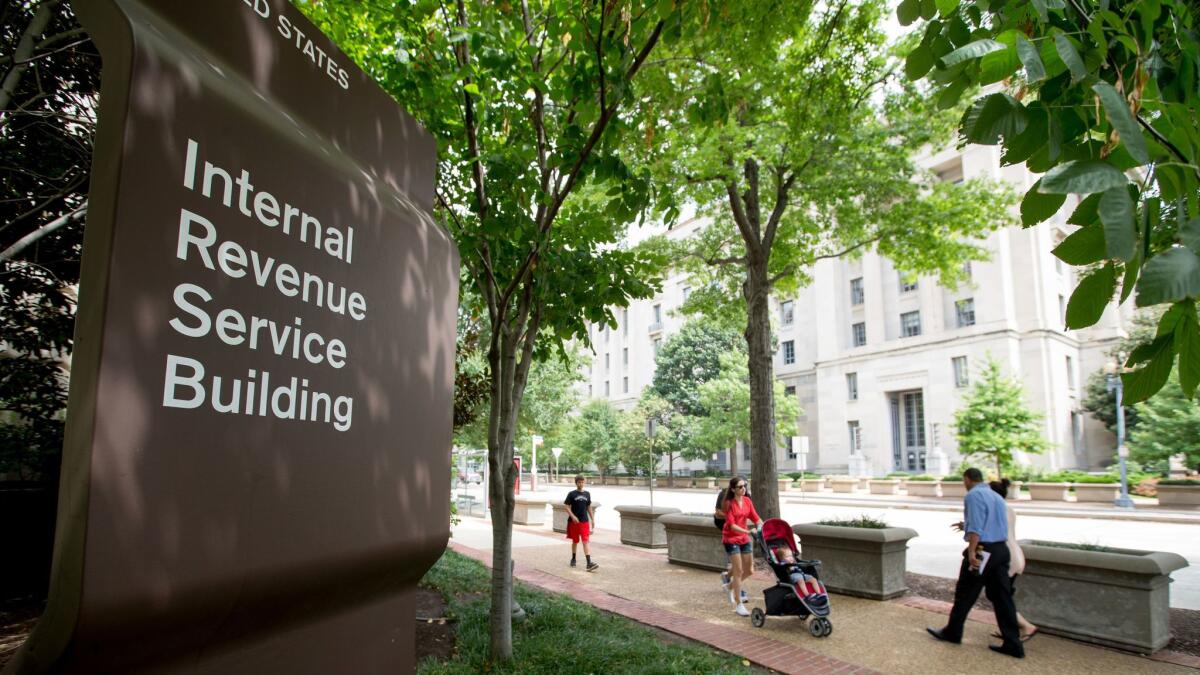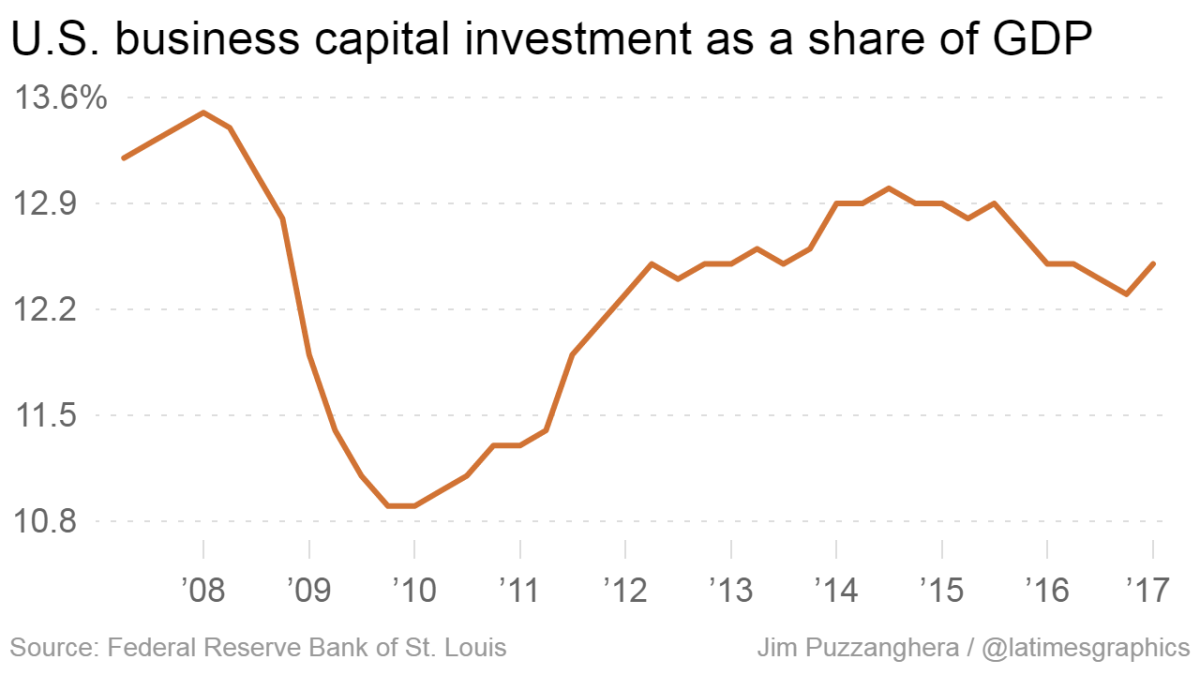What we don’t know about Trump’s tax plan (A lot)

- Share via
The Trump administration unveiled its tax overhaul plan this week with a large amount of rhetoric and a small amount of detail.
Rushed out before President Trump reached his 100th-day-in-office milestone, the plan released Wednesday was contained on a single page with 19 bullet points. As of Friday, it still was not posted on the White House website.
Treasury Secretary Steven T. Mnuchin and Gary Cohn, director of the White House National Economic Council, provided some additional information in media briefings.
Many of the points in Trump's plan were general principles. And some of the proposals were so vague that even top administration officials appeared confused about them.
Mnuchin said the standard deduction for a married couple filing jointly would be doubled to $24,000. But the existing deduction is $12,700, meaning doubling it would set a new level of $25,400. A White House spokeswoman said Friday that the deduction would be “roughly” doubled to $24,000.
And the White House had to clarify on Thursday that the plan would not eliminate the ability of Americans to reduce their taxable income through contributions to 401(k) retirement accounts, after Press Secretary Sean Spicer indicated that it would.
Here’s what we know and what we don’t know.
Tax rates

Personal
What we don’t know
- What would be the income levels for the three new tax brackets?
Business
What we don’t know
- The pass-through rate would be limited to small businesses, but there’s no definition for what qualifies as a small business.
- Administration officials promised that large law firms, hedge funds and other businesses (including real estate partnerships similar to Trump’s) wouldn’t be able to use the pass-through rate to avoid taxes, but didn’t say what protections would be put in place.
- The one-time reduced rate that corporations would pay in U.S. taxes when they brought back foreign earnings wasn’t spelled out.
Deductions

Personal
What we don’t know
- What kind of tax relief would be provided for child and dependent care expenses?
Business
What we don’t know
- Which tax breaks would be eliminated?
- Would the so-called carried interest loophole, which allows some investment managers to treat their fees as lower-taxed capital gains, be eliminated? Trump promised to do so in the tax plan he released during the campaign.
How it will be paid for

The nonpartisan Committee for a Responsible Federal Budget said the administration’s tax plan was too vague for a detailed analysis. But it warned that the plan would cause a huge reduction in tax revenues that would cause the national debt to rise more quickly than already is projected.
“Even with the detailed portions ... there are not enough parameters specified to provide a certain revenue estimate of the tax plan,” the group said. “But making some assumptions based on prior proposals, our best rough estimate suggests the specified parts of the plan would cost $5.5 trillion” over the next decade.
What we don’t know
- Can the economy grow at a sustained 3% rate given an aging population and shrinking pool of available workers?
- Exactly which deductions would be reduced and loopholes closed?
Twitter: @JimPuzzanghera
Inside the business of entertainment
The Wide Shot brings you news, analysis and insights on everything from streaming wars to production — and what it all means for the future.
You may occasionally receive promotional content from the Los Angeles Times.








